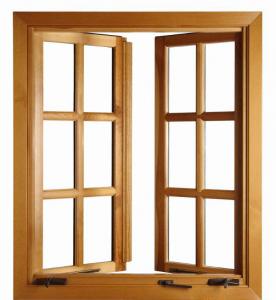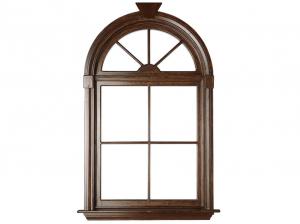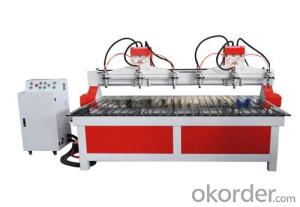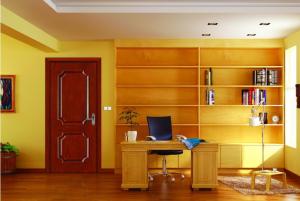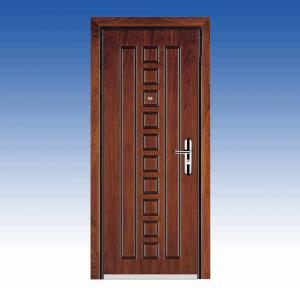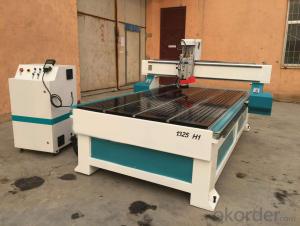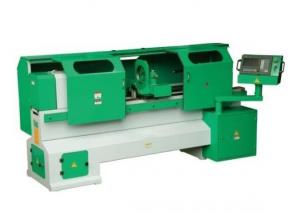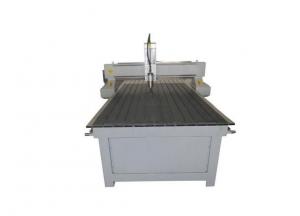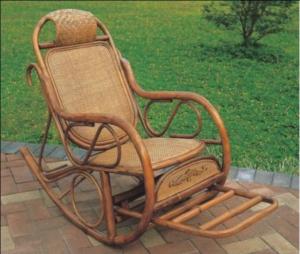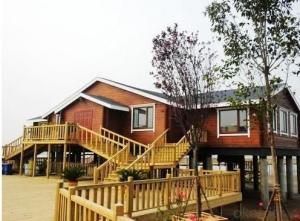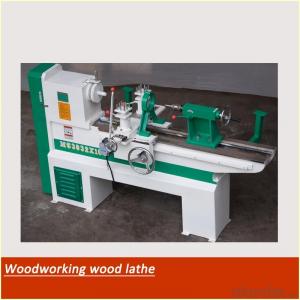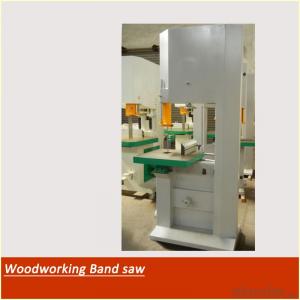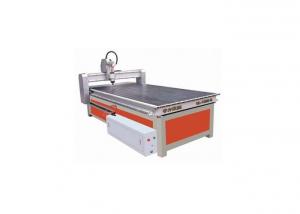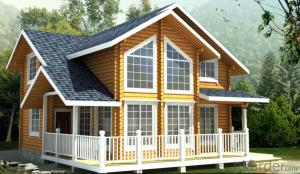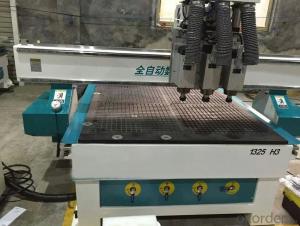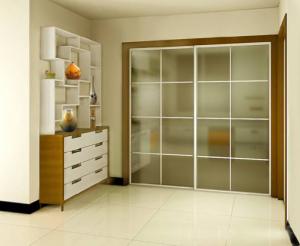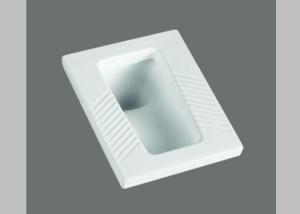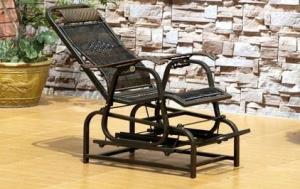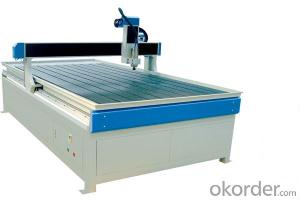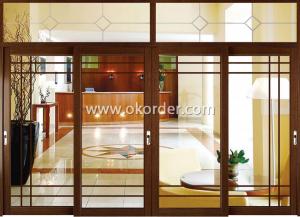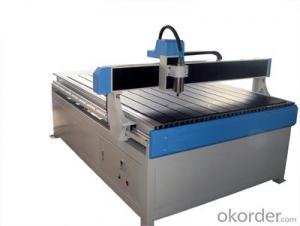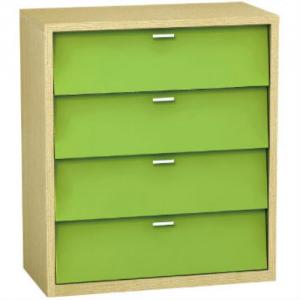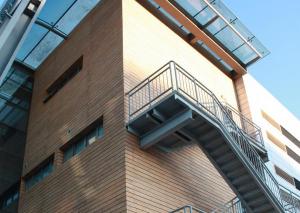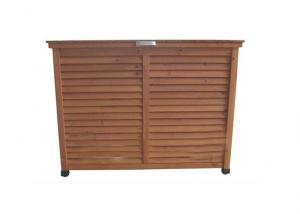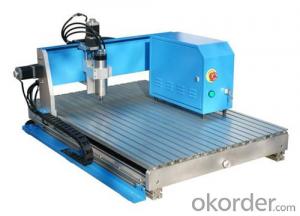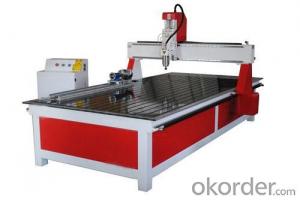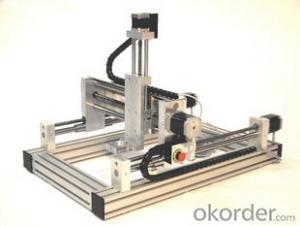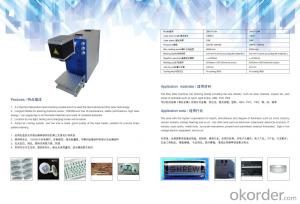13 Wood
13 Wood Related Searches
Channel 8 Wood Tv Engineered Wood Fabricated Wood Bintangor Wood Quick Release Clamps Wood Dark Wood Material Finger Jointed Rubber Wood13 Wood Supplier & Manufacturer from China
13 Wood is a versatile product that encompasses a wide range of wooden materials and items, suitable for various construction, furniture-making, and decorative purposes. These products are known for their durability, aesthetic appeal, and eco-friendliness, making them a popular choice among architects, designers, and homeowners alike. The usage scenarios for 13 Wood are vast, ranging from residential and commercial construction projects to crafting bespoke furniture pieces and enhancing interior spaces with natural wood accents. This product's adaptability and sustainability make it an ideal solution for those seeking to incorporate wood into their projects while minimizing environmental impact.Okorder.com is a reputable wholesale supplier of 13 Wood, boasting a substantial inventory that caters to the diverse needs of customers worldwide. By offering a comprehensive selection of 13 Wood products, Okorder.com ensures that clients have access to high-quality materials at competitive prices. This extensive inventory allows customers to find the perfect wood for their specific applications, whether they are looking for hardwoods, softwoods, or engineered wood products. Okorder.com's commitment to providing top-notch customer service and reliable supply chain management further solidifies its position as a trusted source for 13 Wood products.
Hot Products

